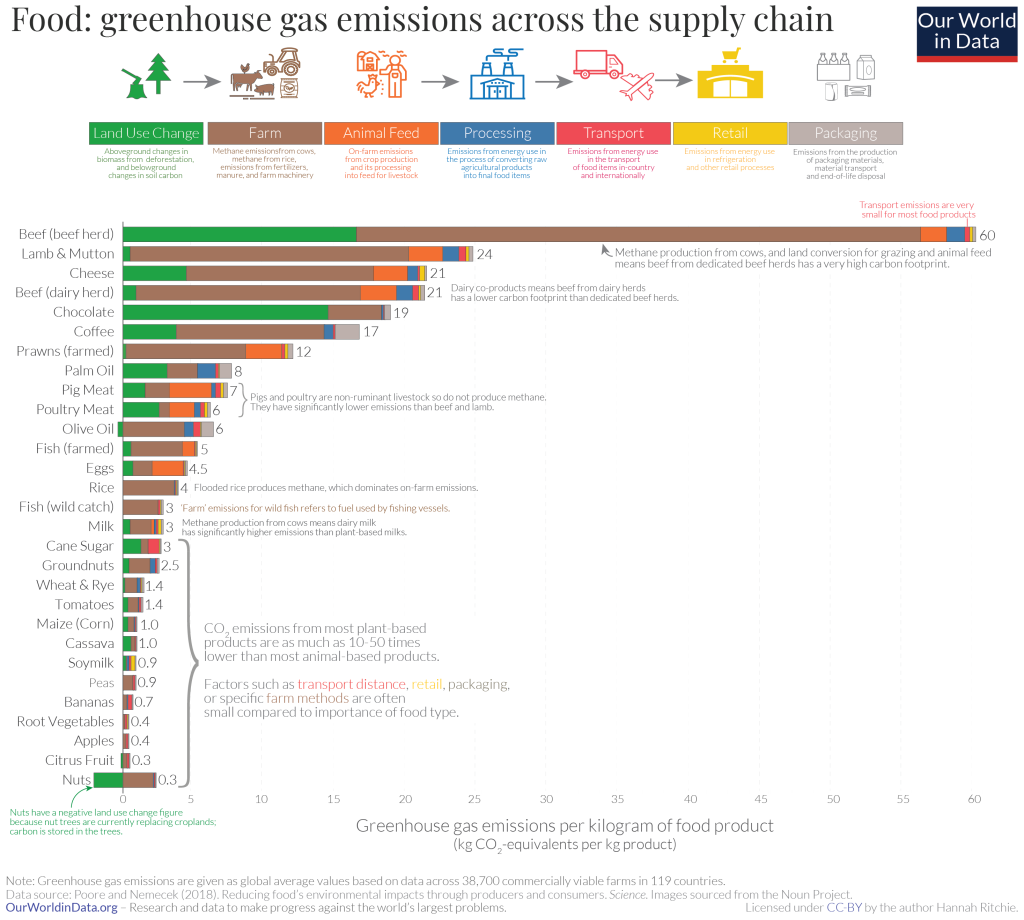We all know we need to be more responsible for our climate impact. The evidence is unequivocal: humans are having a big impact on our climate, mostly thanks to our reliance on fossil-fuels.
While the planet’s climate has shifted over the years, the rate of warming today is faster than at any point in the last 10,000 years. This means more extreme weather events, excess deaths and huge geopolitical instability.
No matter where you are in your Green Runner journey, we can all be reminded of some simple steps to reduce our carbon footprint.

1. Switch to a greener energy supplier
This is one of the simplest ways to significantly cut your carbon footprint. We even have a preferred list of company’s that we think are great on our ‘lifestyle related actions that you can take’ page (for the UK).
2. Eat significantly less meat and dairy
Meat production is one of the biggest causes of carbon emissions in the world. We’re not saying you have to go totally vegan (although that would be great!), but try to cut out as much as you can.
Did you know?
Many people believe that eating locally produced meat is better for the planet because of reduced travel emissions from shipping. In fact, transportation accounts for just 10% of emissions from food production versus 80% for land-use and farm-stage emissions. Learn more here.

3. Reduce your carbon-heavy travel – especially flying!
Avoid flying as much as you can and use public transport or share car journeys. Not only does air travel produce an enormous amount of emissions (around 2.5% of total CO2 emissions), the particles it releases are higher in the atmosphere and thus even more damaging. Again, we’re not suggesting that you never fly again – many of us Green Runners still do from time to time, but we try to do it as little as possible.
If you do fly somewhere, try to make sure it’s a last resort and that you make the most of your time there.
4. Reuse and repair before you buy new
Over-consumption is a huge contributor to greenhouse gases. New clothes and ‘things’ cost a lot of carbon and water to produce. And a lot of the cheapest items are made by people in deprived communities. To reduce your impact, try to re-use, exchange, repair, or buy second-hand before buying something brand new.
If you do need to buy new, thoroughly research who you are purchasing from. Here are things to look for:
- Do they produce a transparent report on their supply chains and climate report?
- Do they list their factories and suppliers?
- Do they have a set of values you align with?
- Do they offer a repair service or lifetime warranty?
- Do they conduct thorough field tests to ensure their kit is durable?
5. Lead by example by doing, not preaching
We’ve all experienced when someone preaches at us about their latest lifestyle change or effort to save the planet. And it’s mostly a turn off.
As Green Runners we have found that a much better way to convince people to change is by showing them what we’re doing ourselves. Educating them about why we’re doing it and not just telling them what to do. Remember that your tiny actions can have a huge ripple effect.
6. Give back whenever you can
Donating can be a tricky business. You often don’t know where your money is truly going. We’ve provided a list of some of our recommended charities on the ‘lifestyle related actions that you can take’ page. If you’re not able, or don’t want, to donate money, donating your time can be even better in a lot of situations. Why not go on a litter pick whilst running (plogging), or find a charity that needs some volunteers?
Of course, you could become a Green Runner! Sign up and make your action-based Pledge today.



